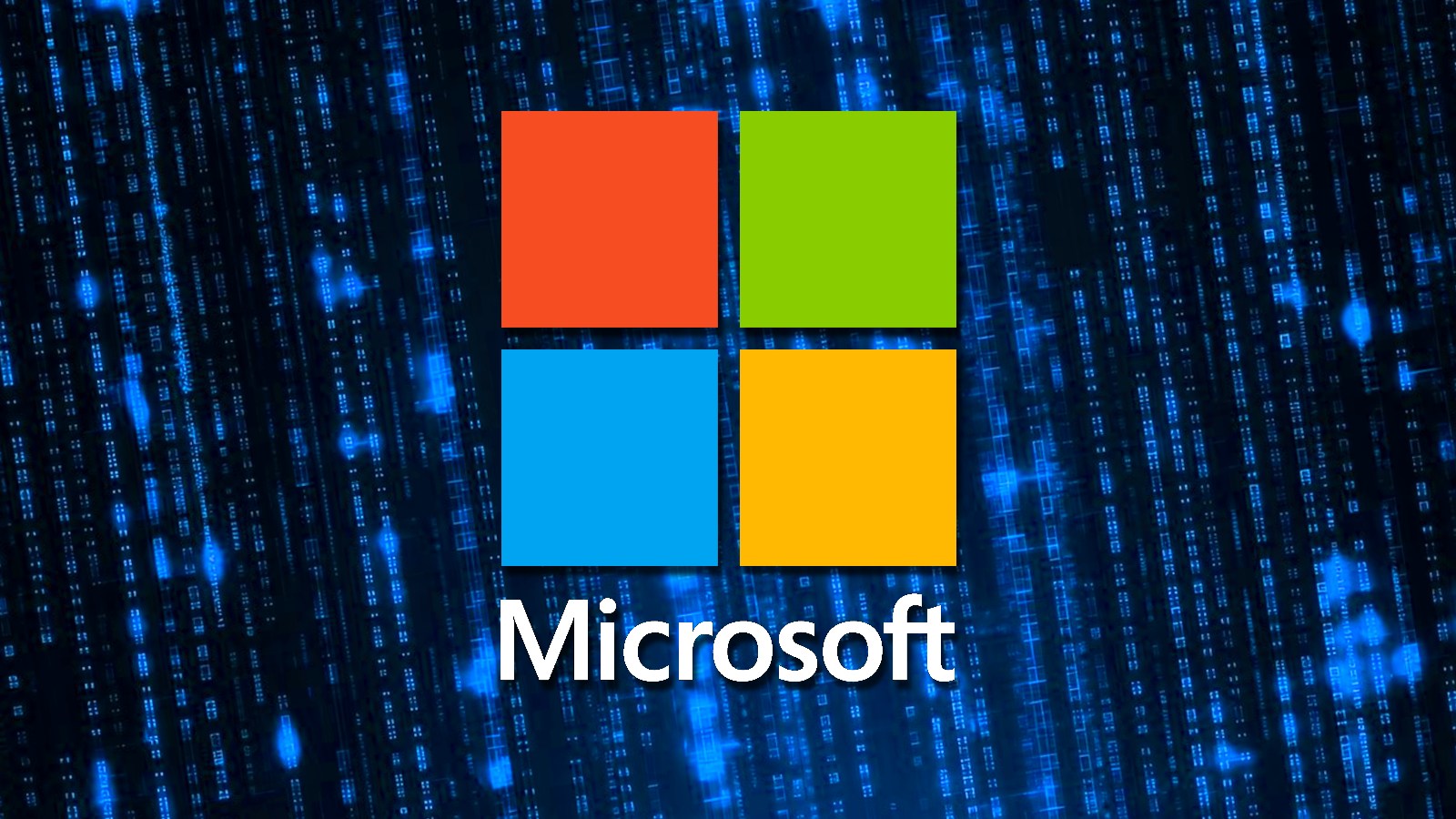CyberAlerts is shutting down on June 30th, 2025. Thank you for your support!
Example Searches:
CVE
Threat Actors
Countries
Vendors
Severity
Known Exploited

|
Description: Check out a new roadmap for adopting quantum-resistant cryptography. Plus, find out how your company can create a better cybersecurity environment. In addition, MITRE warns about protecting critical infrastructure from cyber war. And get the latest on exposure response strategies and on CISO compensation and job satisfaction.Dive into five things that are top of mind for the week ending June 6.1 - Group releases roadmap for adopting post-quantum cryptographyIs your organization looking for guidance on how to carry out its migration to post-quantum cryptography (PQC)? A group that includes MITRE, Microsoft and IBM just released a roadmap designed to help organizations plan and execute their adoption of PQC.Titled “Post-Quantum Cryptography (PQC) Migration Roadmap,” the 20-page document from the “Post Quantum Cryptography Coalition” breaks down PQC migrations into four major stages:Preparation, which includes identifying the transition’s main goals, assigning a project leader and identifying key stakeholdersBaseline understanding, which includes a comprehensive inventory of the data and assets to be protected, as well as determining required resources and budgets.Planning and execution, which includes collaboration with internal and external partners to either acquire or develop the necessary tools for the migrationMonitoring and evaluation, which includes establishing metrics for tracking the project’s progress and for reassessing cryptographic security, based on the evolut...
June 6th, 2025 (28 days ago)
|
|
CVE-2025-49012 |
Description: Himmelblau is an interoperability suite for Microsoft Azure Entra ID and Intune. Himmelblau versions 0.9.0 through 0.9.14 and 1.00-alpha are vulnerable to a privilege escalation issue when Entra ID group-based access restrictions are configured using group display names instead of object IDs. Starting in version 0.9.0, Himmelblau introduced support for specifying group names in the `pam_allow_groups` configuration option. However, Microsoft Entra ID permits the creation of multiple groups with the same `displayName` via the Microsoft Graph API—even by non-admin users, depending on tenant settings. As a result, a user could create a personal group with the same name as a legitimate access group (e.g., `"Allow-Linux-Login"`), add themselves to it, and be granted authentication or `sudo` rights by Himmelblau. Because affected Himmelblau versions compare group names by either `displayName` or by the immutable `objectId`, this allows bypassing access control mechanisms intended to restrict login to members of official, centrally-managed groups. This issue is fixed in Himmelblau version **0.9.15** and later. In these versions, group name matching in `pam_allow_groups` has been deprecated and removed, and only group `objectId`s (GUIDs) may be specified for secure group-based filtering. To mitigate the issue without upgrading, replace all entries in `pam_allow_groups` with the objectId of the target Entra ID group(s) and/or audit your tenant for groups with duplicate display names...
CVSS: MEDIUM (5.4) EPSS Score: 0.07%
June 5th, 2025 (29 days ago)
|
|
CVE-2025-47966 |
Description: Exposure of sensitive information to an unauthorized actor in Power Automate allows an unauthorized attacker to elevate privileges over a network.
CVSS: CRITICAL (9.8) EPSS Score: 0.12%
June 5th, 2025 (29 days ago)
|
|
CVE-2025-5419 |
Description: Google Chromium V8 contains an out-of-bounds read and write vulnerability that could allow a remote attacker to potentially exploit heap corruption via a crafted HTML page. This vulnerability could affect multiple web browsers that utilize Chromium, including, but not limited to, Google Chrome, Microsoft Edge, and Opera.
CVSS: HIGH (8.8) EPSS Score: 0.5%
June 5th, 2025 (29 days ago)
|

|
Description: Microsoft Windows Server 2025 JScript Engine - Remote Code Execution (RCE)
June 5th, 2025 (29 days ago)
|

|
Description: Microsoft announced a new European Security Program as the company faces criticism over security issues and the EU navigates a changing relationship with the U.S.
June 5th, 2025 (29 days ago)
|

|
Description: Microsoft announced in Berlin today a new European Security Program that promises to bolster cybersecurity for European governments. [...]
June 4th, 2025 (30 days ago)
|
|
CVE-2025-20286 |
Description: A vulnerability in Amazon Web Services (AWS), Microsoft Azure, and Oracle Cloud Infrastructure (OCI) cloud deployments of Cisco Identity Services Engine (ISE) could allow an unauthenticated, remote attacker to access sensitive data, execute limited administrative operations, modify system configurations, or disrupt services within the impacted systems.
This vulnerability exists because credentials are improperly generated when Cisco ISE is being deployed on cloud platforms, resulting in different Cisco ISE deployments sharing the same credentials. These credentials are shared across multiple Cisco ISE deployments as long as the software release and cloud platform are the same. An attacker could exploit this vulnerability by extracting the user credentials from Cisco ISE that is deployed in the cloud and then using them to access Cisco ISE that is deployed in other cloud environments through unsecured ports. A successful exploit could allow the attacker to access sensitive data, execute limited administrative operations, modify system configurations, or disrupt services within the impacted systems.
Note: If the Primary Administration node is deployed in the cloud, then Cisco ISE is affected by this vulnerability. If the Primary Administration node is on-premises, then it is not affected.
CVSS: CRITICAL (9.9) EPSS Score: 0.05%
June 4th, 2025 (30 days ago)
|
|
CVE-2025-20286 |
Description:
A vulnerability in Amazon Web Services (AWS), Microsoft Azure, and Oracle Cloud Infrastructure (OCI) cloud deployments of Cisco Identity Services Engine (ISE) could allow an unauthenticated, remote attacker to access sensitive data, execute limited administrative operations, modify system configurations, or disrupt services within the impacted systems.
This vulnerability exists because credentials are improperly generated when Cisco ISE is being deployed on cloud platforms, resulting in different Cisco ISE deployments sharing the same credentials. These credentials are shared across multiple Cisco ISE deployments as long as the software release and cloud platform are the same. An attacker could exploit this vulnerability by extracting the user credentials from Cisco ISE that is deployed in the cloud and then using them to access Cisco ISE that is deployed in other cloud environments through unsecured ports. A successful exploit could allow the attacker to access sensitive data, execute limited administrative operations, modify system configurations, or disrupt services within the impacted systems.
Note: If the Primary Administration node is deployed in the cloud, then Cisco ISE is affected by this vulnerability. If the Primary Administration node is on-premises, then it is not affected.
Cisco has released software updates that address this vulnerability. There are no workarounds that address this vulnerability.
This advisory is available at the following link:https:...
CVSS: CRITICAL (9.9) EPSS Score: 0.05%
June 4th, 2025 (30 days ago)
|

|
Description: Hackers are exploiting trusted authentication flows — like Microsoft Teams and IoT logins — to trick users into handing over access tokens, bypassing MFA and slipping undetected into corporate networks.
June 4th, 2025 (30 days ago)
|
